If you’re a regular reader of this column, then you’ll know that I’m more than a little nutty about home-grown cut flowers picked fresh from the garden or allotment. Few things in life give us such immediate, life-affirming joy and unalloyed pleasure, or sing so truly of the bittersweet beauties of each passing season. Bury your nose deeply in a freshly picked armful of fragrant sweet William or a bouquet of perfumed garden roses still cool from morning dew, and it’s hard to feel too bad about the world.
Place a vase of "real flowers" (as I call them) in a room and they will have a transformational effect on its ambience, as well as on the mood of everyone who sees and smells them. Cultivate your very own cut-flower patch and, as the British garden writer and fellow flower-obsessive Clare Nolan puts it in her brilliant new book In Bloom: Growing, Harvesting and Arranging Flowers All Year Round (Kyle Books, £26), "it's like having the best flower shop in the world at the bottom of the garden".
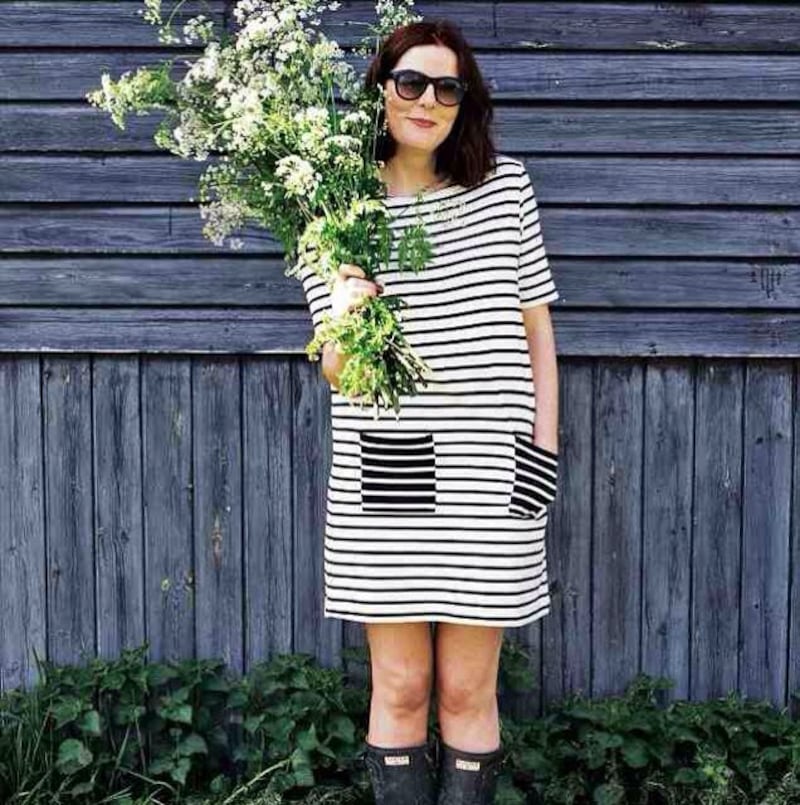
Indeed I can’t say enough good things about this beautiful and richly informative publication, which expertly guides readers through the nuts and bolts of growing cut flowers and the art of flower arranging. Nolan, who has established a long and successful career as an interiors stylist and art director, writes with a passion borne of hard-earned knowledge and many years’ experience. It’s both this and her artist’s eye – she styled and took all the photographs herself – that brings this book to life, as does her generous advice on how to condition your garden flowers for maximum vase life and arrange them for maximum impact.
There are excellent tips on when to pick (when flowers are still young, and early in the morning or late in the evening); how to pick (using a sharp secateurs, quickly stripping away much of the lower foliage and placing stems in a bucket of cold, clean water to condition them overnight); and what to grow to create successful combinations. Nolan also explains in detail the different roles which seasonal flowers and foliage play in any arrangement; from the large, showy “heroes”, such as dahlias, roses or tulips, and the many supporting acts including snapdragons, cosmos and larkspurs, to the essential background fillers such as alchemilla, love-in-a-mist, orlaya and foliage and the delightfully quirky “sidekicks” that add individuality and interest, including astrantia, geum and Japanese anemone.
Nolan also gives great and generous advice on maximizing limited space by the use of vertical planting (for example, using climbing plants such as clematis, sweet pea and roses) and planting in layers (I love her suggestion to overplant narcissus with dahlias ). Similarly, there are detailed sections on succession planting or “tag-teaming” flowers so that once a particular crop (for example, spring-flowering tulips) has finished, it can be quickly lifted and replanted with a follow-on crop (for example summer-flowering hardy or half-hardy annuals) to maximize production.

In a world where the issue of sustainability is finally beginning to take centre stage, Nolan’s ultra-useful tips on creating flower arrangements without resorting to environmentally-toxic floral foam (commonly known as oasis) are also hugely timely. So let’s all hail the return of the floral frog (that strange, prickly little metal accessory beloved of our great-grandmothers’ generation, used stuck to the base of a vase to hold stems in place)and chicken wire (gently crumpled into a ball and squeezed inside a vase filled with water, it provides a brilliantly reusable and endlessly adaptable mini scaffold for flowers and foliage).
All hail, too, the poetry in motion that is wiggly flower stems in all their glory with their natural curves, quirks and bends intact, as opposed to their militarily-upright, chemically treated imported equivalents. The former are the flowers that bring any bouquet, posy or urn arrangement vividly to life, whether it’s the tall, gently curling spires of apricot-coloured foxgloves, a few perfumed stems of scented geranium, or a tangle of yellow-belled clematis. The fact that you never see these kinds of flowers for sale in a conventional florist is due to many reasons, not least of which is that their somewhat wild and wayward ways don’t suit the modern floral industry’s highly mechanised, regimented methods of mass production. But by creating your own small flower patch in your garden, allotment or community garden, you can generously savour the joys of these natural, seasonal blooms up close. Just remember that the wonkier the stems, the better. Because not only is Nolan’s brilliant book a celebration of the beauty of the natural world in all its seasonal splendour, it’s also an important call to arms, exhorting us to appreciate the very real pleasures of imperfection.
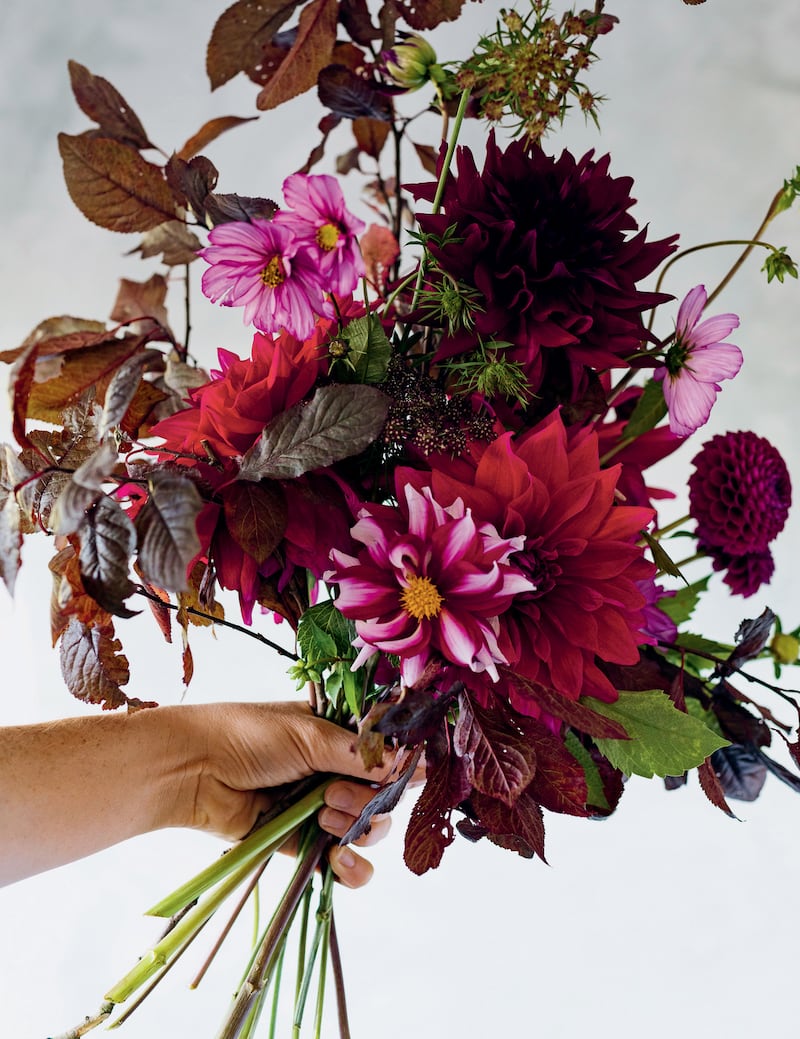
Nolan's book is one of several published this year that reflect the worldwide interest in seasonal, sustainable blooms and a style of floristry strongly inspired by nature, the work of 16th- and 17th-century Dutch floral still-life artists, and groundbreaking designers, such as the late Constance Spry.
Hot off the press is The Flower Fix: Modern Arrangements for a Daily Dose of Nature (White Lion Publishing, £20) by Anna Potter, chief floral designer of the UK-based Swallows & Damsons, which is known worldwide for its wonderfully lush, wild-inspired designs.
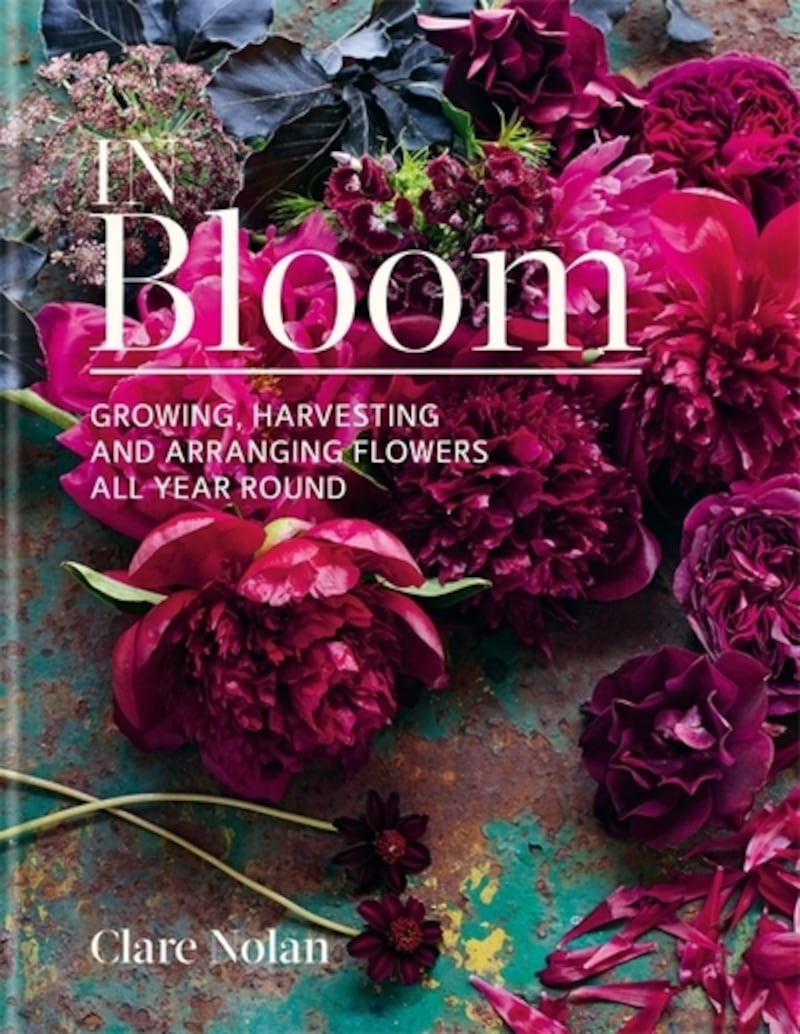
Another to keep an eye out for include Blooms; Contemporary Floral Design (Phaidon, €39.95), a sumptuously illustrated publication featuring the work of more than 80 contemporary floral design studios including Worm, Amy Merrick, La Musa de Las Flores, Green & Gorgeous, Blue Carrot, Simply by Arrangement, Swallows & Damson and Nicolette Camille. A diverse panel of experts from the world of design selected the florists featured, including British garden designer Dan Pearson, Gardens Illustrated editor Lucy Bellamy, fashion designer Erdem Moralioglu and garden photographer Marianne Majerus.
Also look out for New York designer Ariella Chezar's Seasonal Flower Arranging: Fill Your Home with Blooms, Branches, and Foraged Materials All Year Round (Ten Speed Publishing, £18.99).
This Week in the Garden
Recent rainfall and warmer temperatures mean that weed growth will be rampant in the coming weeks. So nip freshly germinated seedlings in the bud by slicing them away with a sharp hoe on a sunny, dry day. However deep-rooted, well-established perennial weeds such as dandelion, dock and horsetail are best dug out by hand using a sharp trowel or specialised daisy/dandelion weeder. Stockists of the latter include many good garden centres and specialised online suppliers, such as Cork-based Fruithill Farm (fruithillfarm.com).
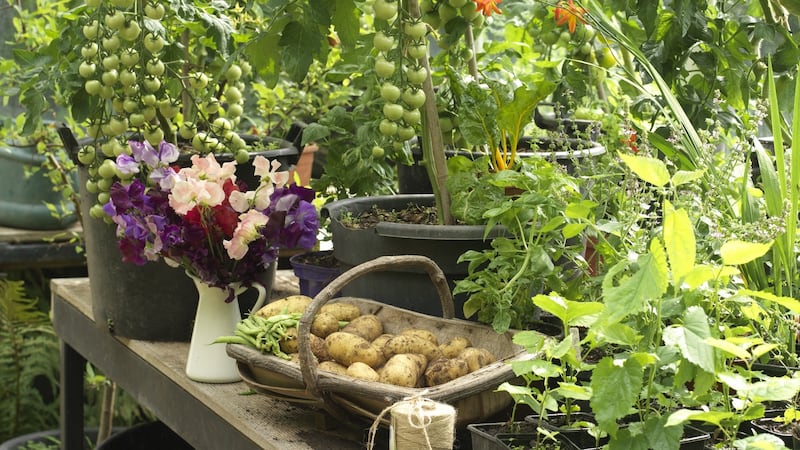
Polytunnels and glasshouses should be kept well-watered and ventilated at this time of year to prevent sudden surges or drops in temperature and avoid plant stress and disease. To ensure a plentiful nearby source of water, it's a great idea to install a rainwater harvesting system to these structures. Suppliers include Lenehans (lenehans.ie) and Greenhouses Ireland (greenhouses.ie). Extra ventilation in the shape of extra roof and louvred side vents in a glasshouse, or an extra door or netted gable-end opening or side ventilation in a polytunnel can also usually be retrofitted. For advice, contact the original supplier or Offaly-based Polydome (polydome.ie), who also sell glasshouses as Greenhouses Ireland (greenhouseireland.ie), and Colm Warren Polytunnels (cwp.ie).
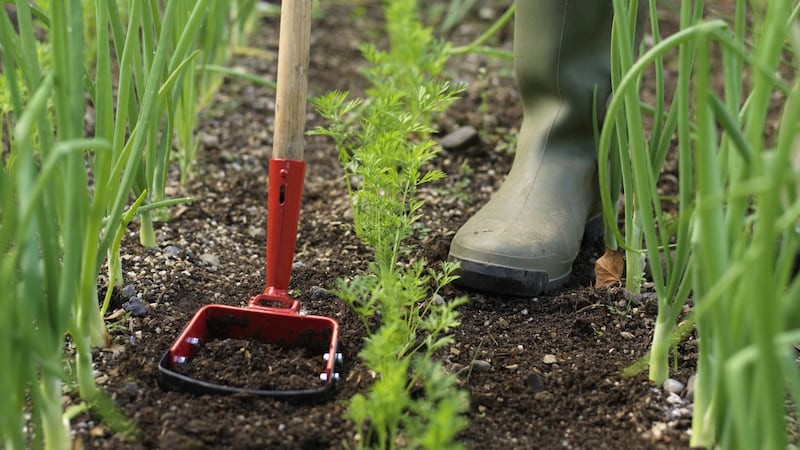
Oriental poppies are majestic in full bloom but must be cut back to ground level once they’ve finished flowering to avoid a hole in the border and to encourage a second, smaller, later flush of blooms and fresh foliage. Follow this with a generous watering and a liquid feed for best results.
Dates For Your Diary…
The Laois Garden Trail (laoisgardenfestival.com) kicks off today, Saturday June 8th, and includes an open day and rare plant sale at garden designer Arthur Shackleton's garden in Abbeyleix (10am-5pm), see arthurshackleton.com for details or call 057-8730146.
On Sunday, June 9th (12-6pm) at Spink Community Grounds, just outside Abbeyleix, Co Laois, Buds & Blossoms' Garden Festival takes place, with guest speakers John Anderson (the Bots-trained Keeper of the Gardens of Windsor Estate in the UK), ecologist and plantsman Kevin Hughes, and well-known gardener, broadcaster and author Dermot O' Neill. Specialist plant sales by many members of the Irish Specialist Nursery Association will also take place at the festival, see laoisgardenfestival.com.
Monday June 10th-Thursday June 13th, there is an RHSI-organised tour of Antrim's gardens, which takes in Benvarden Gardens, Glenarm Castle and Garden, Brocklamont House, Ballyrobert Garden and Nursery, and other private gardens. Cost €475 (€75 single supplement) includes three nights bed, breakfast and dinner, garden admissions, tea/coffee, departure from Dublin by coach, pre-booking essential, see rhsi.ie.












